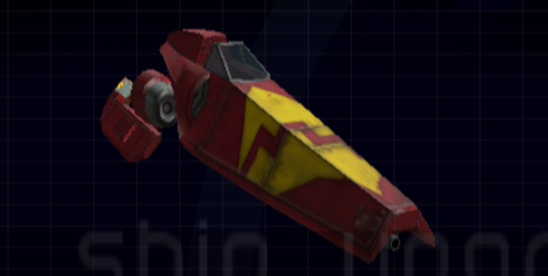

And this made the FEISAR team arguably the least successful team in the early times of AG racing, as they almost always finished last in every season, often with no podium finishes whatsoever, and therefore no medals in most of those seasons.ĭespite all that dubious honor, FEISAR have earned an abundance of respect from racing communities for bringing through some of the most proficient pilots in AG racing thanks to their craft's ease of use. Time and time again, the team would always find themselves in the trails of the much more successful AG Systems and Qirex, and could not even keep up with the newcomers of the F7200 League, namely Goteki 45 and Assegai. Unfortunately, the FEISAR team's progress in AG racing was hindered by the inability of the FEISAR organization's board members to decide on a single base of operations, leaving FEISAR bound by contract to move between all its 12 individual HQs within a single year. From the F3600 League and on, the team would focus on improving their craft's maneuverability and acceleration at the expense of top speed, hoping to catch up with the other teams on the more technical circuits. Using funds from the European Federation, FEISAR was able to employ several former AG Systems staff members to form a new AG racing team and develop a race craft. To fill this gap, the European Federation designated FEISAR as Europe's primary anti-gravity research agency. Europe was then left without an anti-gravity research agency. But in 2042, the Foundation for European Anti-Gravity Research shut down, while its commercial arm, Anti-Gravity Systems, relocated to Japan. This eventually led to the European Federation endorsing the anti-gravity technology once again, but not before the Federal European Industrial Science and Research was established the next year.Īt this time, not much was known about FEISAR, probably because of the strict bureaucracy developing within the organization that often led to conflicts of interest. In April 2035, the director of the Foundation, Pierre Belmondo, succeeded in proving the world that anti-gravity travel was possible as he piloted the world's first anti-gravity prototype craft in the Nevada desert. As a result, the European Federation ceased its funding of the Foundation, which was later reinstated as an independent research institute once the Congress eventually disbanded. In November 2024, the World Technology Symposium rescinded its support of the Congress. Prior to its establishment in 2036, the Federal European Industrial Science and Research had a predecessor in the form of the Foundation for European Anti-Gravity Research (founded in 2017), member of the World Anti-Gravity Congress.


 0 kommentar(er)
0 kommentar(er)
